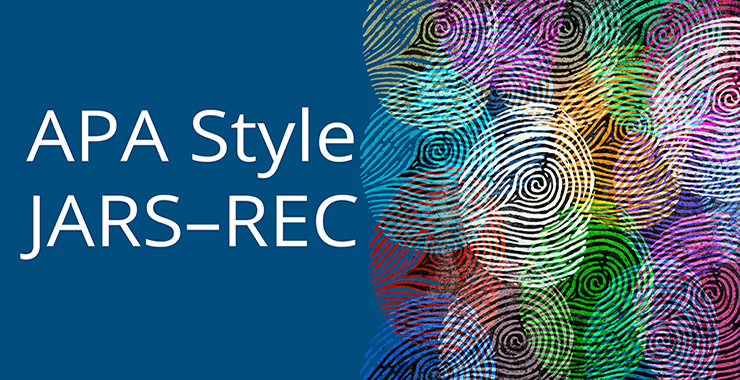Introducing APA Style Journal Article Reporting Standards for Race, Ethnicity, and Culture
As the field of psychology continues to evolve and grow, it is important for researchers to uphold high standards of reporting when it comes to race, ethnicity, and culture. The American Psychological Association (APA) has recognized the need for improved reporting in this area and has developed new guidelines to ensure that journal articles accurately and thoughtfully address issues of race, ethnicity, and culture.
The Importance of Reporting Standards
Race, ethnicity, and culture play significant roles in shaping individual identities, behaviors, and experiences. Given the complex and nuanced nature of these factors, it is essential for researchers to be mindful of how they are addressed in their work. Failure to accurately and respectfully report on issues related to race, ethnicity, and culture can perpetuate stereotypes, reinforce bias, and contribute to systemic inequalities within the field of psychology.
Key Components of APA Style Journal Article Reporting Standards
The new APA Style Journal Article Reporting Standards for Race, Ethnicity, and Culture outline specific guidelines that researchers should follow when reporting on these important topics. Some key components of these standards include:
- Clearly defining terms related to race, ethnicity, and culture
- Providing rationale for the use of specific terms and categories
- Acknowledging limitations and complexities in the measurement and interpretation of race, ethnicity, and culture
- Discussing the implications of findings for diverse populations
- Considering intersectionality and the ways in which multiple identities interact
Benefits of Implementing Reporting Standards
By adhering to the new APA Style Journal Article Reporting Standards for Race, Ethnicity, and Culture, researchers can enhance the quality and impact of their work in several ways. These standards promote greater clarity, accuracy, and sensitivity in reporting, which can lead to more meaningful and relevant research findings. Additionally, by incorporating these guidelines into their work, researchers can contribute to a more inclusive and equitable scientific community.
Conclusion
The introduction of APA Style Journal Article Reporting Standards for Race, Ethnicity, and Culture represents an important step forward in promoting responsible and ethical research practices in psychology. By following these guidelines, researchers can help to ensure that their work is respectful, accurate, and inclusive of diverse perspectives. As the field of psychology continues to evolve, it is crucial that researchers embrace these standards and strive to create a more equitable and representative body of research.
FAQs
What is the purpose of the APA Style Journal Article Reporting Standards for Race, Ethnicity, and Culture?
The purpose of these standards is to provide researchers with clear guidelines for reporting on issues related to race, ethnicity, and culture in a respectful and accurate manner.
How can researchers benefit from implementing these reporting standards?
By adhering to these standards, researchers can enhance the quality and impact of their work, promote greater clarity and sensitivity in reporting, and contribute to a more inclusive scientific community.
What are some key components of the APA Style Journal Article Reporting Standards for Race, Ethnicity, and Culture?
Some key components include clearly defining terms, acknowledging limitations and complexities, discussing implications for diverse populations, and considering intersectionality.




